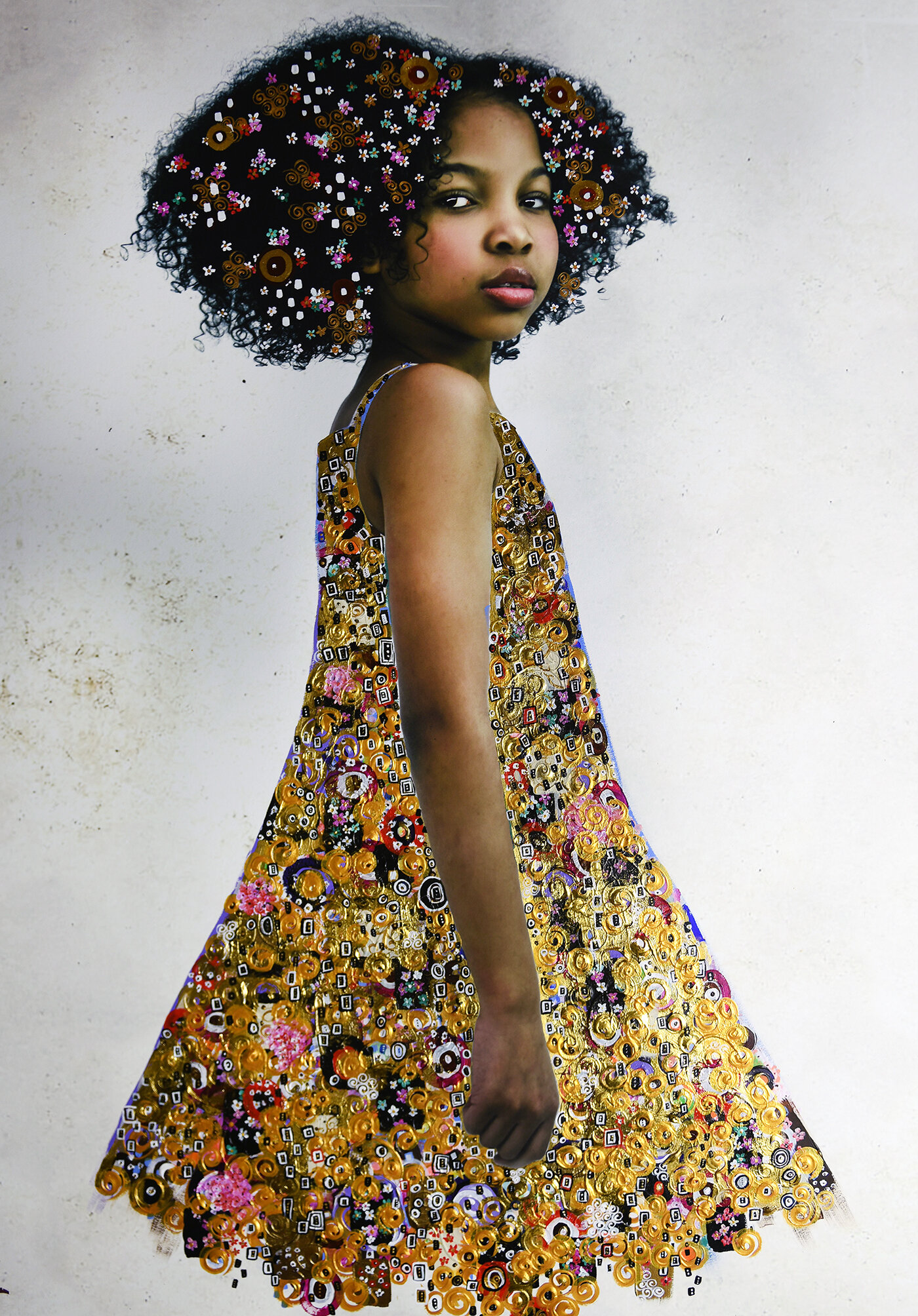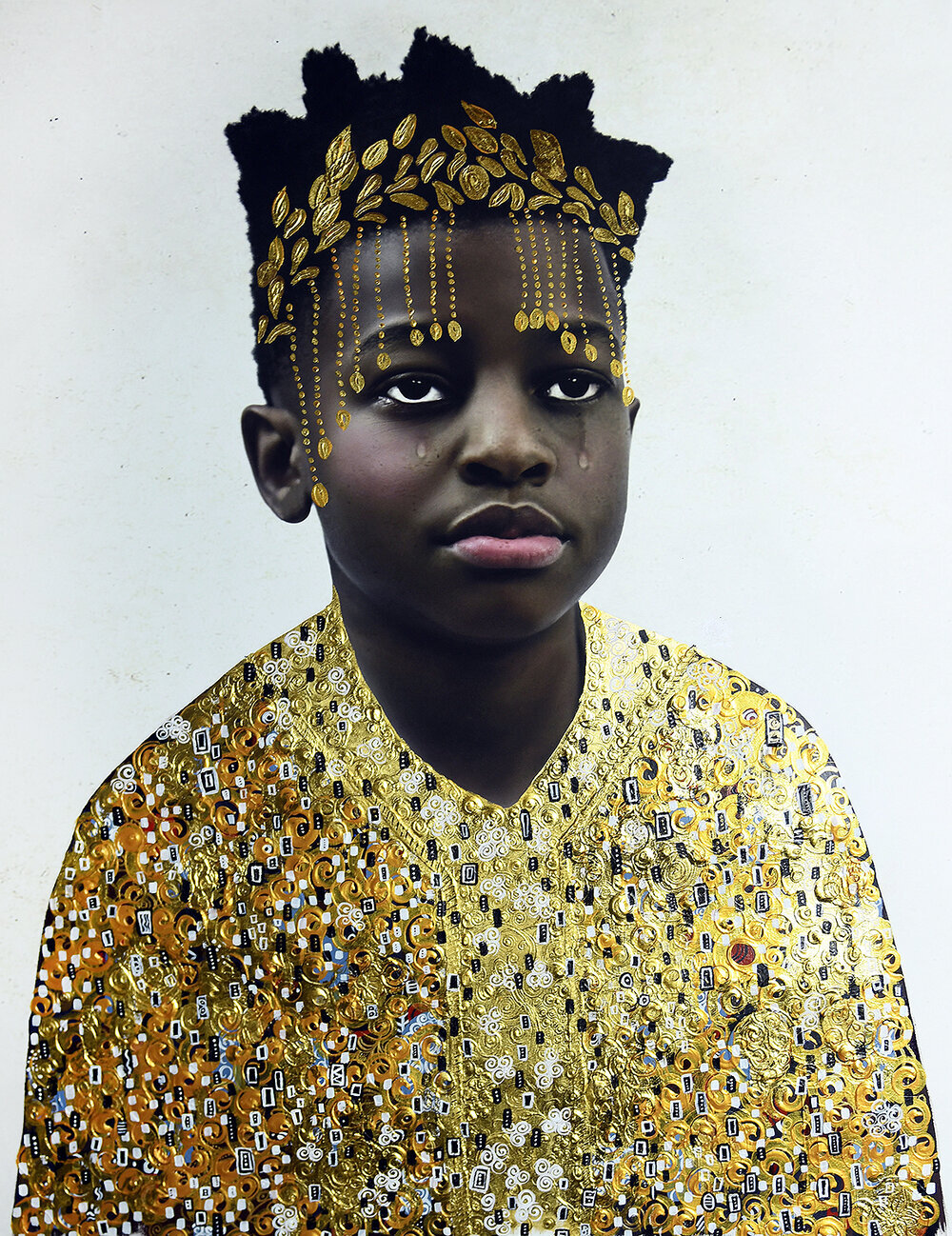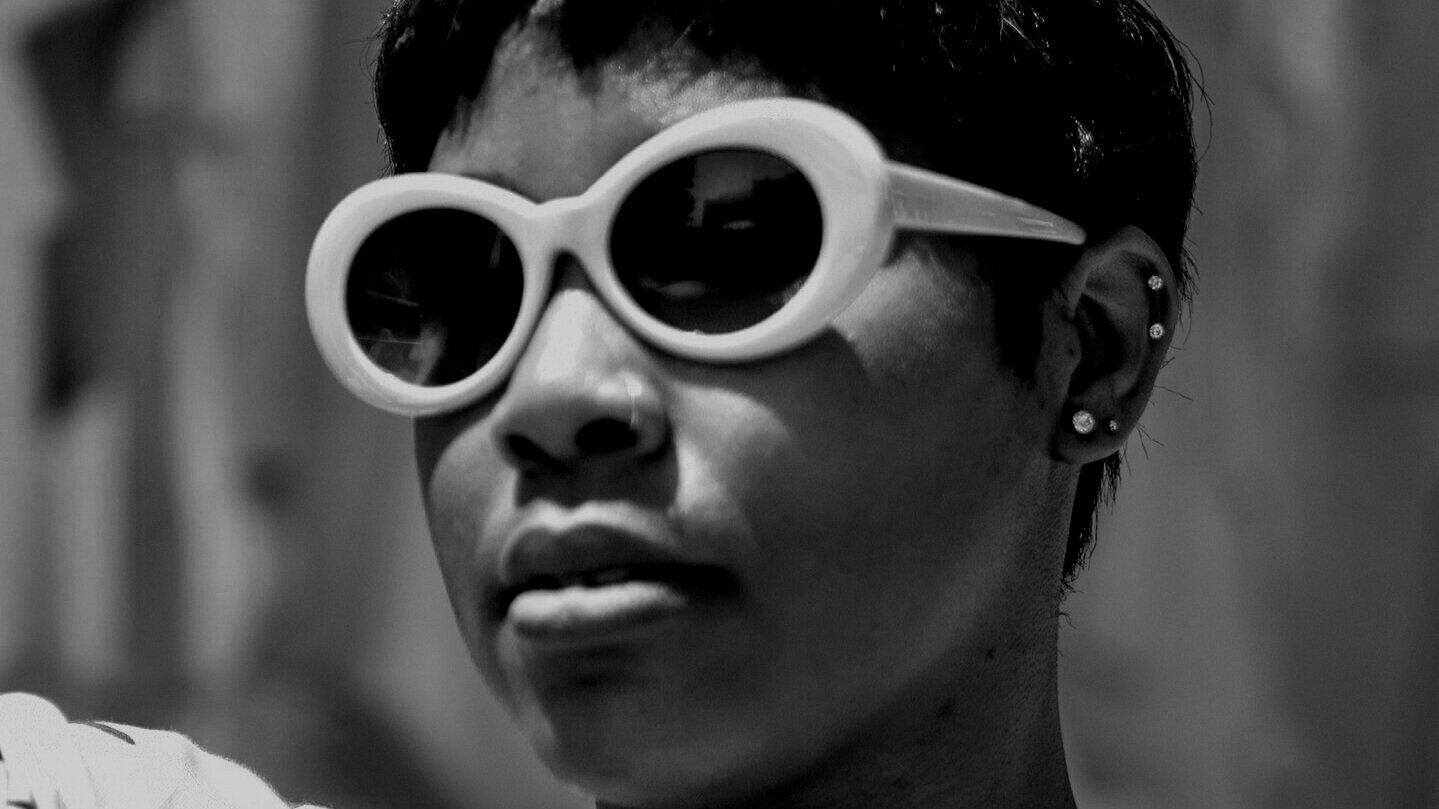TAWNY CHATMON: Rite & Ritual

Capturing life and its essence in her work, Tawny Chatmon’s creativity transcends the medium of photography. For more than 16 years, Chatmon has grown as a self-taught artist and seen the highs and lows of her profession in all their glory.
To touch upon her early life, she grew up as an army brat in Tokyo and moved to the United States at the age of 12. Chatmon enjoyed the perks of three different continents and their unique cultures, all before turning 12.
During her time in the United States of America, she explored the niche of theatrical arts for a bit before switching paths and focusing purely on photography. For Tawny Chatmon, photographs are only the first layer of her work that she combines with other components to give it life.
She also likes adding illustrations, paint, digital collage, and gold leaf overlappings in her pictures to bring out more than just visual aesthetics. She loves expressing unique compositions and emphasizes people’s hair in her photographs.
When describing the pivotal moment when she launched her photography career, she said that being a mother transformed her life greatly. Motherhood was the trigger that gave her photography a new subject, children. However, it wasn’t the only subject her lens focused on. She took pictures of every moment of her father’s battle with cancer, and his last breath was probably the most painful one to capture.
Her relationship with the camera changed at many different points of her life. However, one of the most notable works of her career is “The Awakening.” She describes her work as a way to honor black lives, particularly black motherhood, childhood, and African-American traditions.
You can observe childhood bonding in the way she captures a mother breastfeeding her child. She also described how she felt a rush of frustration and anger over the treatment of people of color across the globe and how she refocused that energy into making something creative and expressing her thoughts against it.
She believes that the historical representation of black people in western culture and art has been nothing less than horrible, haunting, and hypocritical. Therefore, Tawny Chatmon wanted to create imagery in a way that showed black people in their glory. It showcases and celebrated their beautiful faces and hair, instead of showing them as background props and servants like classical and contemporary western art has.
One of the most interesting things about Chatmon’s work is that her subjects also included her own children. She describes her post-photography work in these words.
“Once I complete the portrait session, I use digital tools to manipulate those portraits in different ways. Sometimes, I exaggerate their hair or mix other eyes with their eyes and sharpen them to give it a painted appearance.”
In conclusion, Tawny Chatmon’s journey has been about the black life, its struggles, and its history, along with different components of her own life. She always tries to build a direct link to her ancestry and heritage at large and feels passionately for the black cause in her work.









